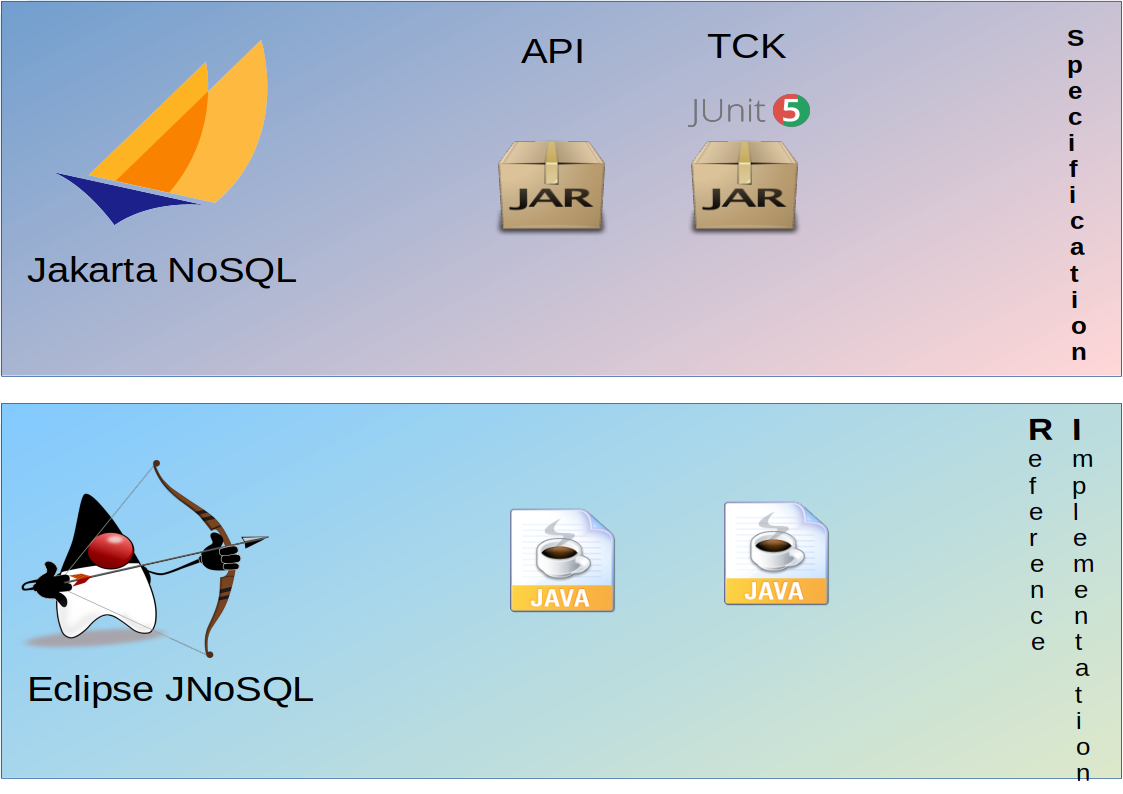The Jakarta EE Ambassadors are thrilled to see Jakarta EE 10 being released! This is a milestone release that bears great significance to the Java ecosystem. Jakarta EE 8 and Jakarta EE 9.x were important releases in their own right in the process of transitioning Java EE to a truly open environment in the Eclipse Foundation. However, these releases did not deliver new features. Jakarta EE 10 changes all that and begins the vital process of delivering long pending new features into the ecosystem at a regular cadence.
There are quite a few changes that were delivered – here are some key themes and highlights:
- CDI Alignment
- @Asynchronous in Concurrency
- Better CDI support in Batch
- Java SE Alignment
- Support for Java SE 11, Java SE 17
- CompletionStage, ForkJoinPool, parallel streams in Concurrency
- Bootstrap APIs for REST
- Closing standardization gaps
- OpenID Connect support in Security, @ManagedExecutorDefinition, UUID as entity keys, more SQL support in Persistence queries, multipart/form-data support in REST, @ClientWindowScoped in Faces, pure Java Faces views
- CDI Lite/Core Profile to enable next generation cloud native runtimes – MicroProfile will likely align with CDI Lite/Jakarta EE Core
- Deprecation/removal
- @Context annotation in REST, EJB Entity Beans, embeddable EJB container, deprecated Servlet/Faces/CDI features
While there are many features that we identified in our Jakarta EE 10 Contribution Guide that did not make it yet, this is still a very solid release that everyone in the Java ecosystem will benefit from, including Spring, MicroProfile and Quarkus. You can see here what was delivered, what’s on the way and what gaps still remain. You can try Jakarta EE 10 out now using compatible implementations like GlassFish, Payara, WildFly and Open Liberty. Jakarta EE 10 is proof in the pudding that the community, including major stakeholders, has not only made it through the transition to the Eclipse Foundation but now is beginning to thrive once again.
Many Ambassadors helped make this release a reality such as Arjan Tijms, Werner Keil, Markus Karg, Otavio Santana, Ondro Mihalyi and many more. The Ambassadors will now focus on enabling the community to evangelize Jakarta EE 10 including speaking, blogging, trying out implementations, and advocating for real world adoption. We will also work to enable the community to continue to contribute to Jakarta EE by producing an EE 11 Contribution Guide in the coming months. Please stay tuned and join us.
Jakarta EE is truly moving forward – the next phase of the platform’s evolution is here!













